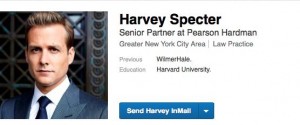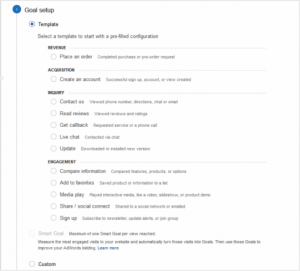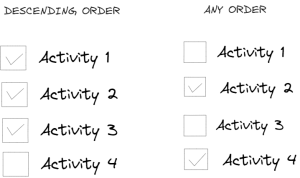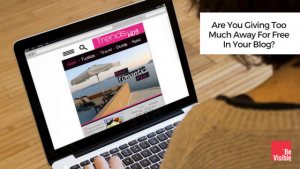In an earlier post, I shared 4 tips for writing irresistible email newsletters. As great as your new content may be, it’s not enough to just write great newsletters and send them out. You also must engage specific individuals and entire segments of readers.
As an example, our email newsletter goes out to over 1 million people, and that list is growing. We have an open rate of around 20 percent, but we’re constantly looking to improve that already-solid number.
Here are a few of the things that help us foster and grow that daily.
Find Your Segments
Segmenting your audience and subscriber list can grow your engagement exponentially.
At LIVESTRONG.COM, we segment our newsletter list by gender. Women and men want vastly different things when it comes to health and fitness. Segmenting by gender allows us to send separate links, copy and images to each group.
In fact, we even A/B test simple subject lines and headlines to both genders. Not surprisingly, we’ve found that each group responds to these changes. For example, “Muffin-Top-Blasting Workouts” clicks well with our female newsletter audience, while “Workouts to Get You Ripped” clicks well with our male audience.
This is even true of photos. Our male subscriber list engages better with savory foods such as hamburgers, steak and pizza, while women seem to prefer sweet foods such as Greek yogurt parfaits, green smoothies and chocolate desserts.
How to make it work for you: Try your own A/B testing based on major segments of your audience. For example, you can segment geographically, by age, by gender, or area of interest.
Timing That Works
As with many things in life, timing is essential in email newsletters. In 2012, GetResponse analyzed 21 million messages and determined that newsletters sent during readers’ top engagement times (8 a.m. – 10 a.m. and 3 p.m. – 4 p.m.) increased open rates and clickthrough rate (CTR) by 6 percent. Their research also showed that 24 percent of all email opens occur within the first 60 minutes of delivery.
You’ve also got to contend with selecting the best day of the week to send your newsletters. Email marketers often avoid Monday or Friday newsletters, believing that people are too overwhelmed with emails on Mondays and itching to ditch their inboxes on Fridays. Consequently, Tuesdays, Wednesdays and Thursdays are the busiest days for email newsletters.
There’s no magic formula for determining the best time and day to send your own marketing emails. The only way to get newsletters to your audience is to determine your own industry and target audience’s demographics and behavior.
Let’s take our own newsletter as an example: For the past three years, we’ve always sent our LIVESTRONG.COM email newsletters on Wednesday mornings at 8 a.m. This day and time performed quite well – until we noticed a curious open and click rate drop among female recipients. The drop began during August, reaching its lowest point in November.
We soon began to hypothesize what the reason could be. Were our female readers getting bombarded by other e-commerce marketing emails on Wednesdays? It aligned with the traditional back-to-school and holiday shopping timelines, so we decided to test the hypothesis.
We used an A/B split for both gender and time (8 a.m. vs. 5 p.m.). For our female audience, the evening send time opened and clicked exponentially better. Even more proof that our hypothesis was correct: for our male audience, the existing Wednesday morning send time still performed best.
Mobile marketing is changing the status quo of email marketers even further. For example, weekends and holidays have always been viewed as pariahs among email marketers. But as mobile prevalence has increased on-the-go email reading, weekends and holidays can actually be a sweet spot since there is less competition. For crafts, home improvement, entertainment, shopping and video content, weekends and holidays could actually be the best time to reach your subscribers!
How to make it work for you: To determine when your subscribers are most likely to engage with your campaigns, test delivery date and time over the course of a few weeks, then compare click and open rates. If your subscribers respond best to emails on a particular day or time, stick with what works. Just be sure to monitor the results.
More on Mobile
As of late 2013, more than half of consumers were reading emails only on mobile devices. By June 2014, our own email newsletter audience had fallen in line with that statistic.
We quickly began to adjust to our new mobile audience by putting more emphasis into mobile optimization. We rigorously tested and viewed our email newsletters on our own mobile devices, in addition to desktop. Consequently, we A/B tested layout optimizations that ended up improving our click-rates for both mobile and desktop readers.
How to make it work for you: Simplicity and ease will always win out in mobile. Try simple fixes like ours: make your call-to-action buttons larger, increase the size of your text and decreased the amount of copy and sub-copy.
(296)







